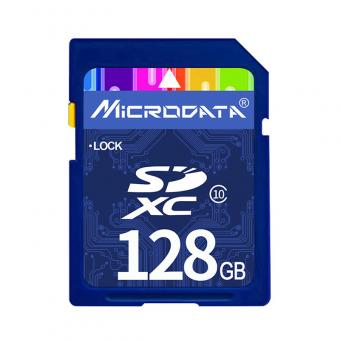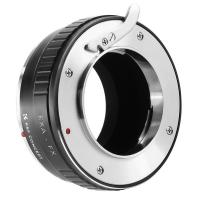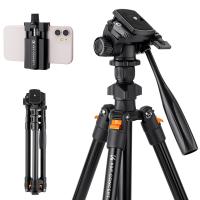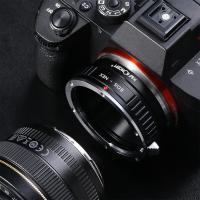When Did Digital Cameras Become Popular ?
Digital cameras became popular in the late 1990s and early 2000s.
1、 Introduction of consumer digital cameras in the 1990s.
Digital cameras became popular in the 1990s with the introduction of consumer models. Prior to this, cameras used film to capture images, which required developing the film before the photos could be viewed. The advent of digital cameras revolutionized photography by allowing users to instantly view and delete photos, as well as easily transfer them to a computer for editing and sharing.
The first consumer digital cameras were introduced in the early 1990s, although they were quite expensive and had limited capabilities compared to film cameras. However, as technology advanced and prices dropped, digital cameras became more accessible to the general public. By the mid-1990s, digital cameras started gaining popularity, especially among photography enthusiasts and professionals who recognized the convenience and flexibility they offered.
One significant milestone in the popularity of digital cameras was the introduction of the Kodak DC40 in 1995. This camera was the first to combine a digital image sensor with the convenience of a point-and-shoot design. It had a resolution of 756x504 pixels and could store up to 40 images. The DC40 paved the way for future digital camera models that would continue to improve in terms of image quality, resolution, and storage capacity.
In the late 1990s and early 2000s, digital cameras became more affordable and accessible to the general public. Companies like Canon, Nikon, and Sony started producing consumer-friendly models with higher resolutions and more features. The introduction of memory cards also made it easier to store and transfer photos.
Today, digital cameras have become ubiquitous, with advancements in technology leading to compact and powerful models that can capture high-resolution images and videos. Additionally, the rise of smartphones with built-in cameras has further popularized digital photography, making it more accessible to the masses. With the convenience of instant sharing on social media platforms, digital cameras continue to evolve and remain a popular choice for capturing and preserving memories.
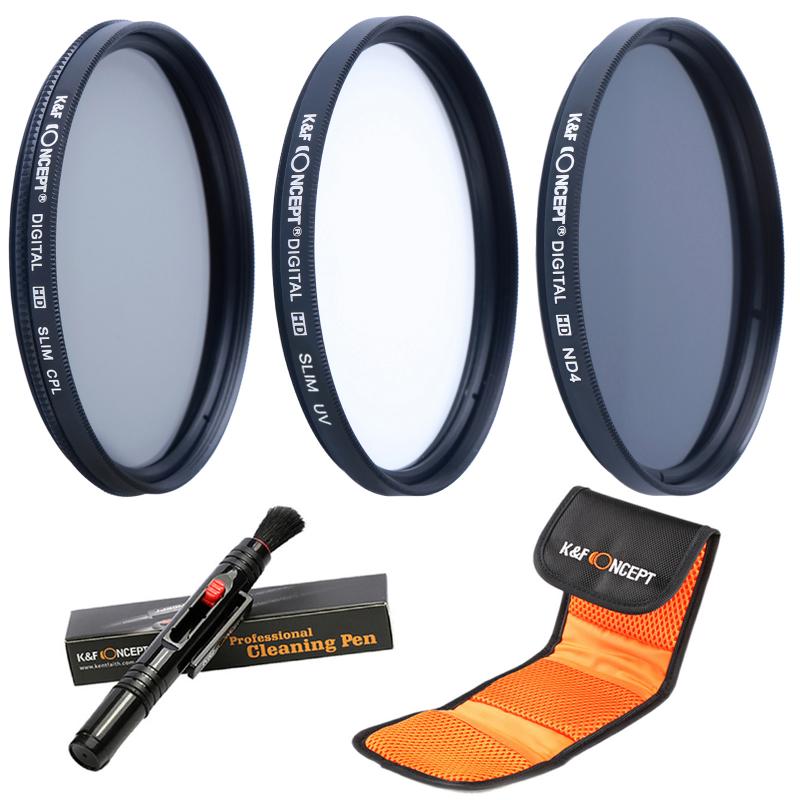
2、 Rise of compact digital cameras in the early 2000s.
Digital cameras became popular in the early 2000s with the rise of compact digital cameras. Prior to this, digital cameras were large, expensive, and primarily used by professionals. However, advancements in technology and a decrease in manufacturing costs led to the development of smaller, more affordable digital cameras that appealed to a wider audience.
The early 2000s saw the introduction of compact digital cameras that were easy to use, portable, and produced high-quality images. These cameras offered convenience and instant gratification, as users could view and delete photos immediately, without the need for film processing. This was a significant advantage over traditional film cameras, which required waiting for the film to be developed before seeing the results.
The popularity of digital cameras continued to grow throughout the 2000s as technology improved and prices dropped further. Manufacturers began adding more features and increasing the megapixel count, resulting in even better image quality. Additionally, the introduction of memory cards allowed users to store hundreds, and later thousands, of photos on a single card, eliminating the need to carry multiple rolls of film.
In recent years, the popularity of digital cameras has faced some challenges due to the widespread adoption of smartphones with high-quality built-in cameras. Many people now rely on their smartphones for everyday photography, as they are always readily available and offer the convenience of instant sharing through social media platforms. However, digital cameras still have their place in the market, particularly among photography enthusiasts and professionals who require more advanced features and superior image quality.
Overall, the early 2000s marked the beginning of the digital camera revolution, with the rise of compact digital cameras. While smartphones have become the go-to device for casual photography, digital cameras continue to evolve and cater to the needs of photography enthusiasts, ensuring their popularity endures.
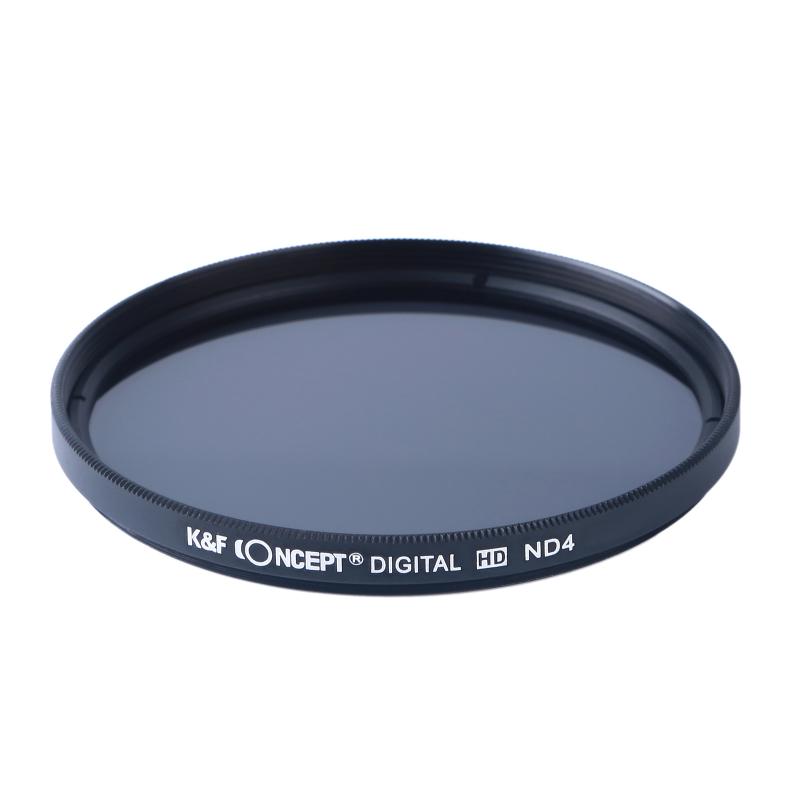
3、 Advancements in sensor technology and image quality.
Digital cameras became popular in the late 1990s and early 2000s due to advancements in sensor technology and image quality. Prior to this, film cameras were the primary means of capturing photographs. However, the introduction of digital cameras revolutionized the photography industry.
One of the key factors that contributed to the popularity of digital cameras was the improvement in sensor technology. Digital cameras use image sensors to capture light and convert it into digital data. In the early days, these sensors were relatively small and had limited resolution. However, as technology progressed, sensor sizes increased, allowing for higher resolution images with greater detail and clarity. This improvement in image quality was a major selling point for digital cameras.
Additionally, the convenience and flexibility offered by digital cameras played a significant role in their popularity. Unlike film cameras, digital cameras allowed users to instantly view and delete photos, eliminating the need for costly film development. Furthermore, digital images could be easily transferred to computers for editing and sharing, making the process more efficient and accessible.
Over the years, digital cameras have continued to evolve and improve. Today, we have advanced mirrorless and DSLR cameras that offer even higher resolution, faster autofocus, and better low-light performance. Furthermore, the integration of Wi-Fi and Bluetooth technology has made it easier than ever to share photos instantly on social media platforms.
In recent years, smartphone cameras have also gained popularity, thanks to their convenience and constant improvement in image quality. Many people now rely solely on their smartphones for photography, as they offer impressive image quality and a wide range of editing and sharing options.
In conclusion, advancements in sensor technology and image quality were the main driving forces behind the popularity of digital cameras. These advancements, along with the convenience and flexibility they offered, revolutionized the photography industry. Today, digital cameras continue to evolve, coexisting with smartphone cameras, providing photographers with a wide range of options to capture and share their moments.
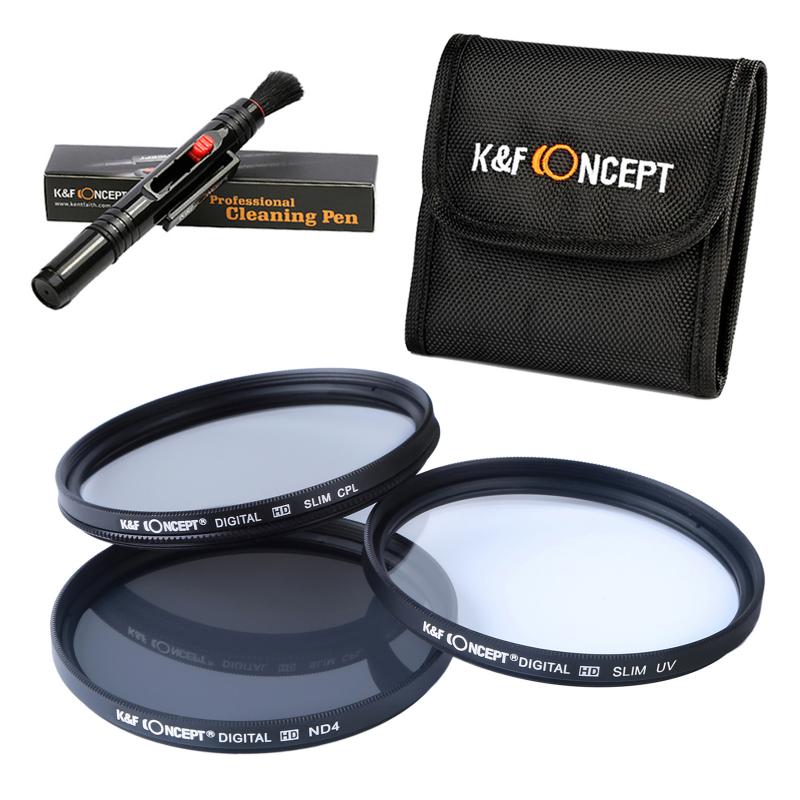
4、 Integration of digital cameras into smartphones.
The integration of digital cameras into smartphones has revolutionized the way we capture and share moments. Prior to this integration, digital cameras became popular in the late 1990s and early 2000s. These cameras offered users the ability to capture images digitally, eliminating the need for film and allowing for instant viewing and sharing.
However, it was the integration of digital cameras into smartphones that truly propelled their popularity. This integration began around the mid-2000s, with companies like Nokia and Sony Ericsson introducing camera phones with low-resolution sensors. These early camera phones were limited in terms of image quality and functionality, but they laid the foundation for what was to come.
As technology advanced, so did the capabilities of smartphone cameras. Manufacturers started incorporating higher-resolution sensors, improved optics, and advanced image processing algorithms into their devices. This led to a significant improvement in image quality and the ability to capture professional-looking photos with a device that fits in your pocket.
Today, smartphone cameras have become a crucial factor in consumers' purchasing decisions. The latest flagship smartphones boast multiple lenses, including wide-angle and telephoto options, as well as features like optical image stabilization and night mode. These advancements have made smartphone cameras capable of capturing stunning photos and videos in various lighting conditions.
Furthermore, the integration of social media platforms and photo-sharing apps into smartphones has made it easier than ever to capture and instantly share images with friends and family. The convenience and accessibility of smartphone cameras have made them the go-to choice for everyday photography for millions of people worldwide.
In conclusion, the integration of digital cameras into smartphones has played a significant role in popularizing digital photography. From the early days of low-resolution camera phones to the current state-of-the-art smartphone cameras, this integration has transformed the way we capture and share our visual experiences.











